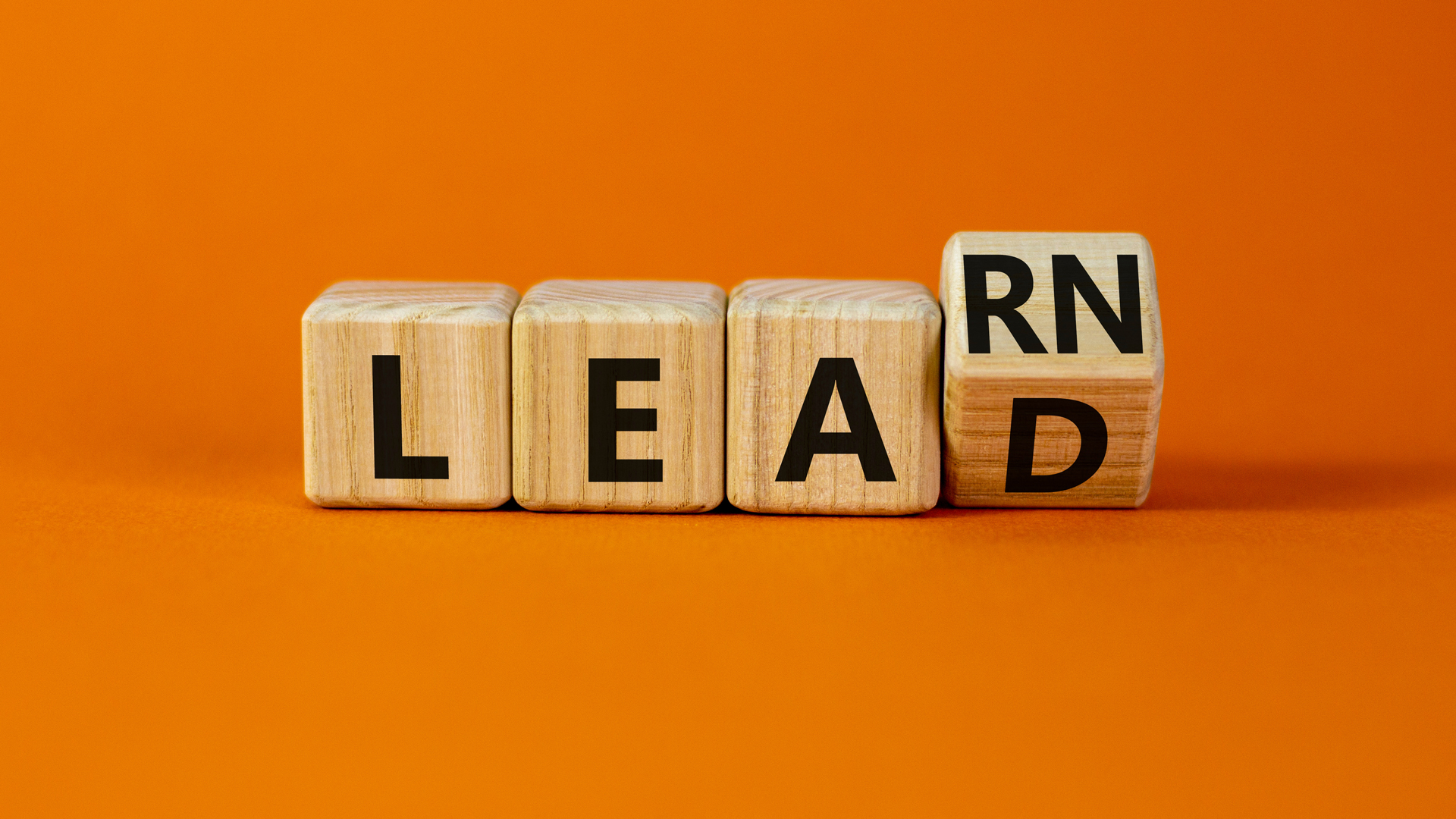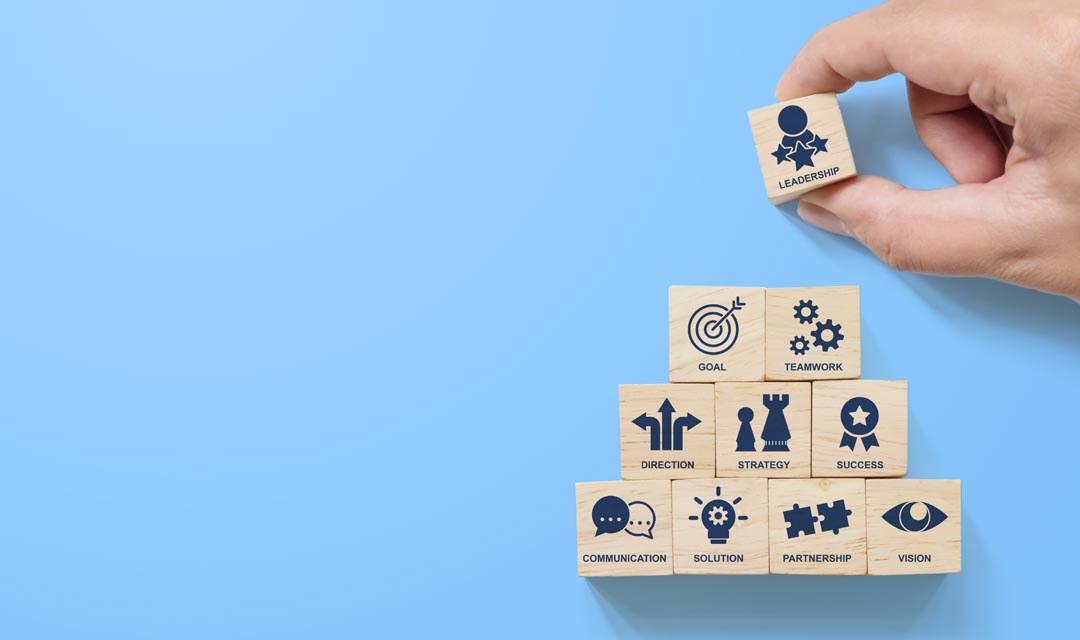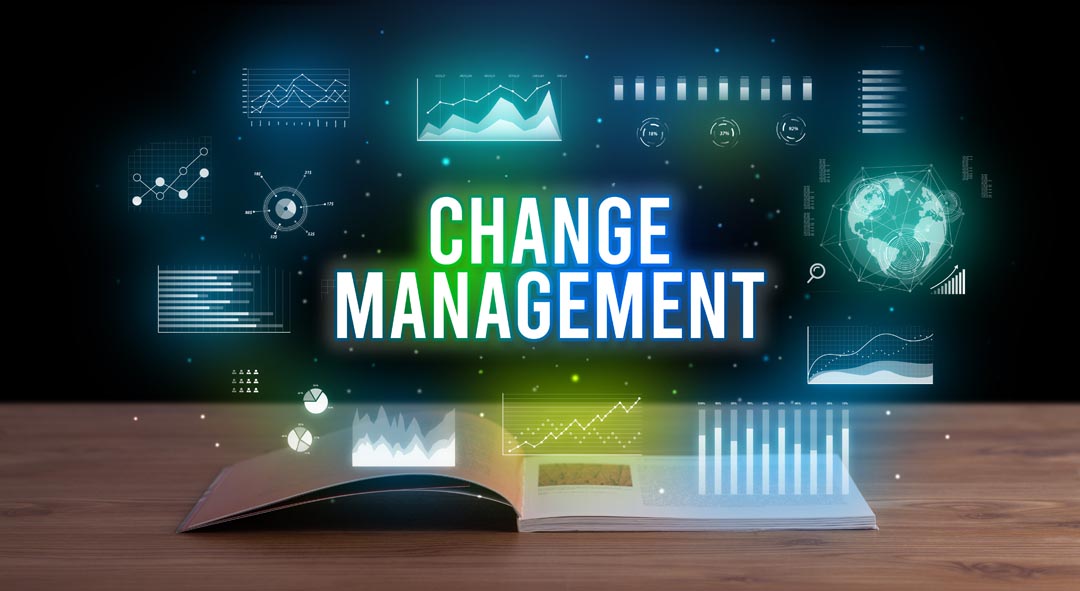Cathy Hoy continues her series on building the skills of a top-performing learning leader by exploring how to develop capability in a constantly evolving environment
In an environment of constant change and disruption, organisations must find new ways to nurture the capabilities needed to remain competitive. Learning and development professionals play a critical role in identifying the key skills organisations needs now, as well as anticipating future requirements and creating cohesive learning experiences that meet both current demands and open possibilities for the future.
Organisations need to move beyond traditional methods of building capabilities and invest in new ways of equipping their workforce with the right skills. One way is to tap into emerging technologies like artificial intelligence (AI), machine learning (ML) and virtual reality (VR). These new tools, when used correctly, can help organisations develop innovative solutions for their customers and stay ahead of the competition. AI, ML and VR can also help organisations train their employees, enabling them to quickly adapt to changing business environments. With access to the right technology platforms, organisations can provide a higher quality of training that drives operational efficiency and productivity. By utilising emerging technologies in this way, organisations will be better equipped to remain competitive in the ever-evolving business landscape.
In addition, organisations should focus on creating a culture of continuous learning and development. This can be achieved through initiatives such as introducing employee mentorship programmes, providing access to online learning resources, and encouraging employees to take part in professional development activities. By investing in these activities, organisations can ensure that their workforce is always adapting and growing, which can help them stay ahead of the curve in an increasingly disruptive environment.
Building organisational capability in a constantly evolving environment is an ongoing process
Using data to predict future needs
You may have come across the term ‘Megatrends’ before, these are large-scale, long-term trends that have a significant impact on how organisations operate. These can include political, economic, social, and technological changes which can be seen as indicative of the future and often demand a different approach to business operations. To get more insight look at Alison Sander’s TED talk that came out in 2014, but is still a useful overview of what megatrends are and how they can impact society and businesses.
Understanding megatrends can help organisations identify capability needs to stay competitive and drive success. For example, the rise of digitisation has changed the way organisations operate. Many are now less reliant on physical offices, meaning employees can work remotely from anywhere in the world. This shift towards remote working means that organisations need to invest in technology, such as virtual meeting software or communication tools, to remain productive and competitive.
Organisations must also be aware of changing customer demands and preferences, as this can influence their business operations and the products or services they offer. Megatrends such as personalisation, sustainability and automation are all factors that organisations must consider staying ahead of their competitors.
Understanding megatrends can help organisations predict the skills and capabilities their employees will need to stay competitive. For example, an organisation may be aware that technology is changing rapidly and so they would need to invest in training programmes to ensure their staff have the necessary skills and knowledge to adapt.
As John Naisbitt says: “We are drowning in information but starved for knowledge.”
Developing capabilities to stay competitive
Ultimately, our goal as L&D professionals is to provide an effective learning experience that meets current demands while also preparing our organisations for future success. By carefully designing programmes that are engaging and relevant, leveraging emerging technology tools, and anticipating future needs, we can ensure that our organisations have the skills they need to stay competitive in today’s ever-changing business world.
Building organisational capability in a constantly evolving environment is an ongoing process. It requires strategic planning, effective resource management, collaboration, and performance tracking – all of which can be challenging but necessary for success. With careful consideration and dedication, organisations can stay ahead of the competition and build the capability they need to succeed.
Identify priorities
To develop a successful learning and development strategy, we must identify the areas where our organisation needs to build its capabilities. This requires us to look beyond the day-to-day tasks to truly understand what skills, knowledge and attitudes are needed for our organisation to remain competitive in today’s everchanging marketplace. We can then leverage existing resources or create new ones which allow employees to acquire these necessary skills, while also looking ahead at potential future needs.
Create experiences
Once the core needs have been identified, we can create cohesive learning experiences that meet both current demands and open possibilities for the future. This could involve creating blended learning pathways which combine different types of learning activities such as online courses, webinars, workshops, and job shadowing. By providing multiple learning opportunities for our employees, we can ensure they are supported in developing the skills and knowledge they need to be successful.
Consider transferability
We should also consider the potential for transferability of the learning experience. Transferable skills are essential for success in any field, equipping learners with the ability to apply their knowledge and experience to a wide range of new environments. By designing programmes that promote transferability, we can ensure that learners have the skills they need to stay competitive in the long-term.
By creating meaningful learning experiences that support organisational goals, we can help build a culture of continuous development which will enable our organisation to remain competitive and adaptable in an ever-changing environment.
Ultimately, learning and development professionals have a critical role to play in nurturing the capabilities needed for organisations to remain competitive. Through identifying core needs and developing cohesive learning experiences that meet current demands while also opening possibilities for the future, we can foster a culture of continual growth and development within our organisation. As a result, organisations will be better prepared for the future and able to thrive in any disruptive environment.




